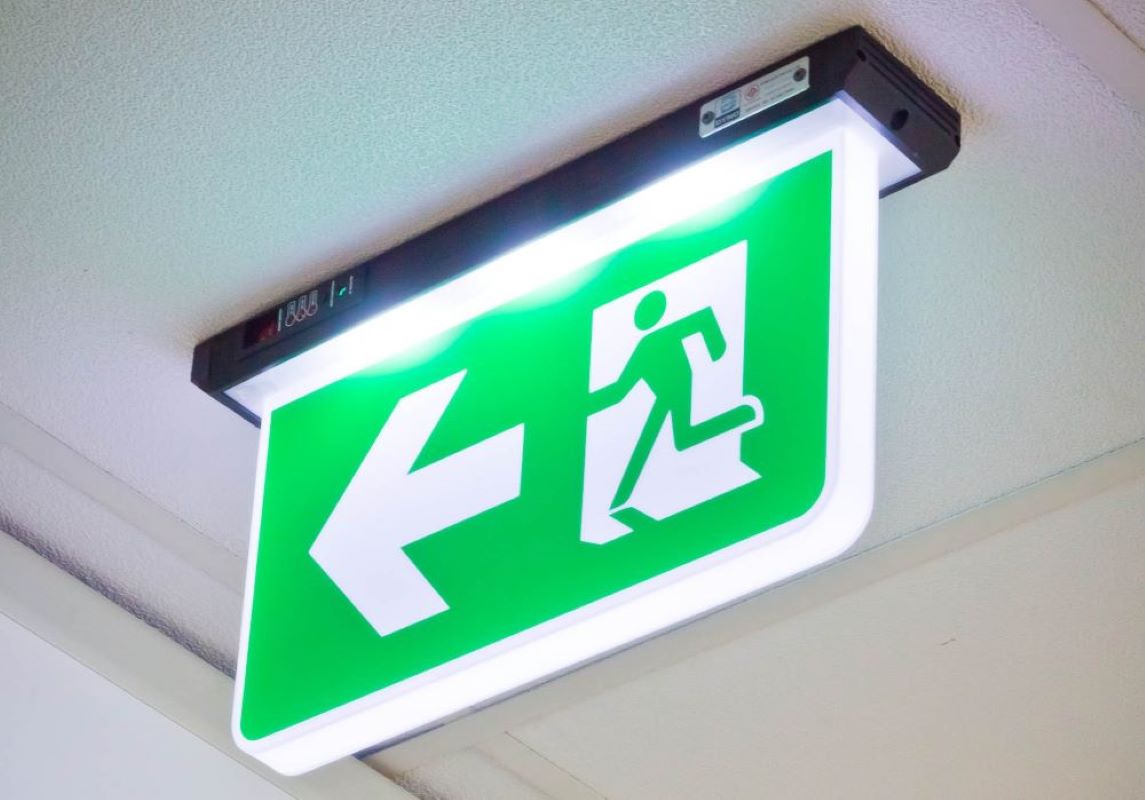
What is a flick test?
A flick test is an emergency lighting test, also sometimes referred to as a ‘flash’ test. A flick test is conducted by temporarily switching off the building’s power and checking whether emergency light fittings (also known as luminaires) remain illuminated or turn on. If the luminaires don’t turn on provide sufficient light, they need to be repaired or in some cases, replaced.
What is a duration test?
A duration test is when the batteries for emergency lights are fully drained, to test if emergency lighting would work in the event of an emergency, such as a fire or power cut. Also referred to as a ‘battery drainage’, ‘3 hour drain down’ or ‘discharge’ test, it can also help identify if there are any issues with drainage and highlight battery life or if any lighting elements may fail.
How does duration testing work?
A duration test is conducted by an engineer who will be responsible for monitoring emergency lighting as it drains, to ensure that emergency lighting stays on at the required level of brightness. Once the test is conducted, the results are documented in the building fire safety logbook. The power will then be turned on so that emergency lighting can recharge, this typically takes up to 24 hours. Any issues identified must be urgently repaired or replaced.
 About BES Group
About BES Group Accreditations & Credentials
Accreditations & Credentials Our Environmental, Social & Governance
Our Environmental, Social & Governance Careers at BES Group
Careers at BES Group Our Senior Leadership Team
Our Senior Leadership Team